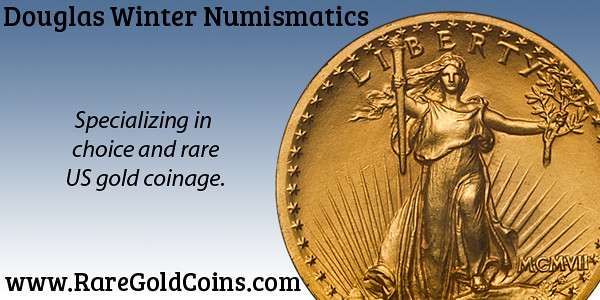
PREV ARTICLE
NEXT ARTICLE
FULL ISSUE
PREV FULL ISSUE
FACES OF COUNTERFEITERS PAST
John Mutch forwarded this interesting article from the National Archives Unwritten Record Blog. Thanks! -Editor


Last year marked the sesquicentennial of the establishment of the United States Secret Service, the federal law enforcement agency assigned to protect the nation’s highest elected leaders and investigate and prevent counterfeiting activities. However, when the agency was formed on July 5, 1865, their mission was not twofold but rather concerned with combating the illegal production, or counterfeiting, of money in the post-Civil War years. It wasn’t until after the assassination of President William McKinley in 1901, that the Secret Service began their protection duties. By the end of the Civil War, between one-third and one-half of all the currency in circulation was counterfeit. Prior to a national currency, the ability of state banks to print their own currency led to a myriad of banknotes with various designs in circulation. By 1867, Congress had expanded the agency’s investigative duties to include any acts of fraud against the federal government. As individuals were arrested for counterfeiting and other fraudulent activities, their photographs were taken and placed into albums where they served as a visual record of criminals for the Secret Service. Copies of the mugshots were sent to Secret Service headquarters in Washington, DC and then distributed to district offices across the country, including Cleveland, OH; Philadelphia, PA; and Pittsburgh, PA. The reverse side of the photographs provide varying levels of information about those arrested – from vital statistics, peculiar characteristics, and arrest information to simply the offender’s name. In describing the offenders, the Chief of the Division (from 1888-1890), John S. Bell, urged agents to “take personal pride in carrying out the most minute details…” An example of this detail is observed in the description of George W. Shamen, “small creases on both cheeks; slow swinging walk; very quiet in his manner.” Also worth noting is the legitimate occupation of those arrested; a number of individuals held jobs as artists and printers which, without a doubt, assisted in the manufacturing of counterfeit notes and coins.
Great material for those researching the history of counterfeiting. These people are often just names in a dusty old book - these photos
bring them to life. It's interesting to see women here. So who can find someone from their own family here? (We'll still like
you...) What a great trove! -Editor
To read the complete article, see:

Wayne Homren, Editor The Numismatic Bibliomania Society is a non-profit organization promoting numismatic literature. See our web site at coinbooks.org. To submit items for publication in The E-Sylum, write to the Editor at this address: whomren@gmail.com To subscribe go to: https://my.binhost.com/lists/listinfo/esylum All Rights Reserved. NBS Home Page Contact the NBS webmaster 
|